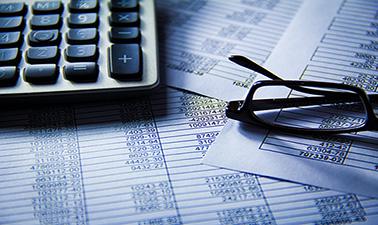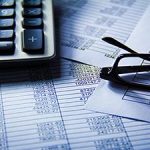So you might be asking yourself, why did we just do all of that? Seems like a lot of effort for just a couple of reports.
Well here’s the answer.
You cannot make good business decisions without good information. With these two reports, we now have accurate, well prepared, easy to understand financial information about our little bakery. Here’s what we now know:
1. How much we sell
2. How much we spend
3. What we spend it on
4. How much profit we make
5. How much our assets are worth
6. How much we owe other people
7. How much the business owes us
Now, imagine next year when we prepare our next set of financial reports. Then we’ll also know
8. If our profit is increasing
9. If our expenses are increasing
10. If our asset values are increasing
11. What we’re spending more money on
12. What we’re spending less money on
13. If our debt is increasing
14. If the business is improving in terms of higher sales, higher profits and higher net worth
This is the whole reason we prepare financial information – to pinpoint the strengths and weaknesses in our business and see where we can improve. Every year corporations spend millions of dollars on accountants and consultants, seeking advice on how to improve their profits. And can you guess what these accountants and consultants use to base their advice on? Financial statements!


For a well-educated professional, a set of financial statements can tell them an incredible amount of information about a business. Just a profit and loss statement and a balance sheet is enough to generate an abundance of suggestions and ideas. Right now, I’m going to pretend to be a consultant for your bakery. Let’s see what I can come up with.
Financial Analysis
| PROFIT AND LOSS STATEMENT FOR (NAME)’S BAKERY FOR THE PERIOD ENDED (TODAYS DATE) | ||
| Revenue | ||
| Sales | $7,000 | |
| Total Revenue | $7,000 | |
| Less: Expenses | ||
| Cake mix expense | $3,000 | |
| Telephone expense | $300 | |
| Repairs expense | $50 | |
| Interest expense | $1,000 | |
| Depreciation expense | $400 | |
| Total Expenses | $4,750 | |
| Net Profit | $2,250 | |
| Less taxation (30%) | $675 | |
| Net profit after tax | $1,575 |
| BALANCE SHEET FOR (NAME)’S BAKERY AS AT (TODAYS DATE) | |||||
| Assets | Liabilities | ||||
| Bank | $21,650 | Loan | $9,000 | ||
| Computer | $1,500 | John’s Car Shop | $3,000 | ||
| Oven | $2,000 | Taxation Payable | $675 | ||
| iPhone | $500 | ||||
| Car less accumulated depreciation | $2,600 | ||||
| Total Assets | $28,250 | Total Liabilities | $12,675 | ||
| Owner’s Equity | |||||
| Owner’s Equity at start of year | $15,000 | ||||
| Minus: Drawings | $1,000 | ||||
| Plus: Net Profit After Tax | $1,575 | ||||
| Owner’s Equity at year end | $15,575 | ||||
| Total | $28,250 | Total | $28,250 |
Observation 1:
Enter the Account with Largest Expense![]()
Observation 2:
Do you see advertising expense?![]() Yes
Yes![]() No
No
Observation 3:
Do you see any wages?![]() Yes
Yes![]() No
No
Observation 4:
How much money is in bank ?![]()
Observation 5:
Do you see rent expense ?![]() Yes
Yes ![]() No
No
Observation 6:
What is the car worth after depreciation?![]()
Now, some of these suggestions may be worthwhile and some of them may not, but that is beside the point. The lesson here is, from just looking at a profit and loss and a balance sheet – two reports which fit on one piece of paper, you can derive such a wealth of information about your business. Not only can you ascertain exactly where your money is coming from and going to, you also have enough information to make a decent list of ideas and suggestions about areas of concern and improvement. Now just imagine what an effective consultant could come up with for a large corporate like Toyota or McDonald’s, armed with a few more pages of financial information.
The key to good decision making is good information – that’s what accounting is all about!


